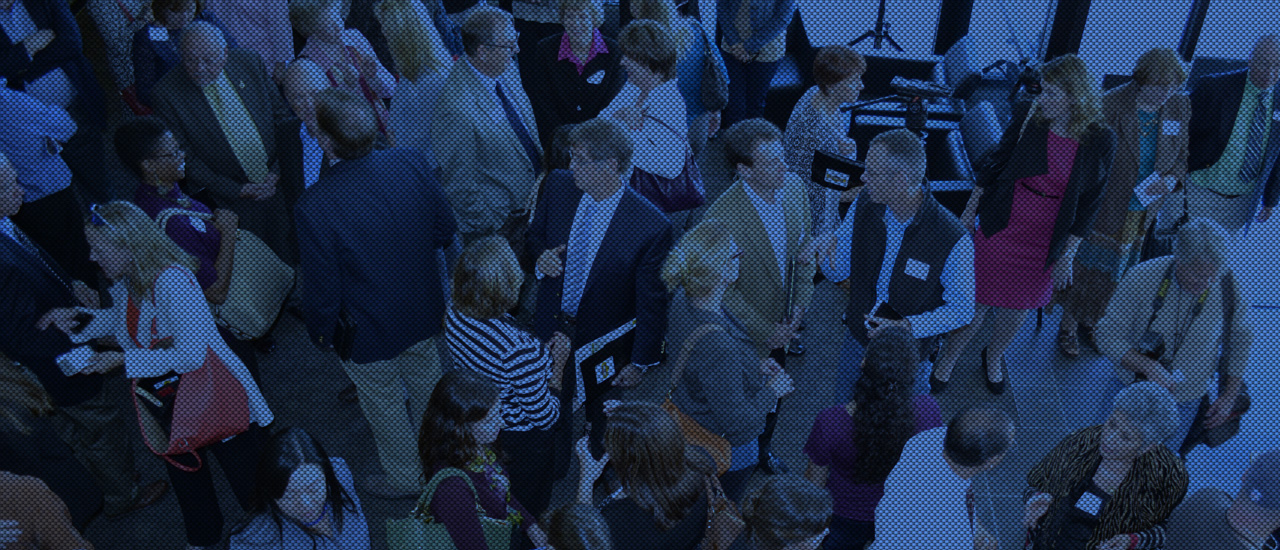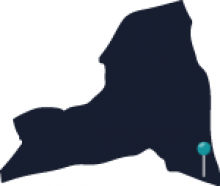No Place Is Private

No Place Is Private

GPS monitoring generates a precise, comprehensive record of a person’s public movements that reflects a wealth of detail about her familial, political, professional, religious, and sexual associations … I would take these attributes of GPS monitoring into account when considering the existence of a reasonable societal expectation of privacy in the sum of one’s public movements. I would ask whether people reasonably expect that their movements will be recorded and aggregated in a manner that enables the Government to ascertain, more or less at will, their political and religious beliefs, sexual habits, and so on.
DESCRIPTION
New surveillance technologies – especially systems that allow government investigators to easily monitor our movements in great detail over large lengths of time – challenge our conceptions of solitude, seclusion, and private spaces.
In the past, technical constraints – and the inability of strangers to see and remember everything – protected our anonymity in public. We could converse with someone in public one time and not worry significantly that the interaction would become widely known. While the Supreme Court ruled in 1967 that one has a reduced expectation of privacy in public spaces, it did not anticipate the technological advances that would allow the government to easily identify and track a person as he or she moves through the world. Video surveillance cameras, for instance, see and record details that an ordinary person would never observe with a casual glance or remember in the future. Small GPS devices allow police to easily track everywhere we travel without having someone follow us around. And aerial drones permit all events in a given area to be recorded without detection. Public occurrences that we once assumed would only be viewed by a few people in the surrounding vicinity are now memorialized, reviewed, analyzed, and shared. The places we used to regard as anonymous, secluded, secret, or sacred are increasingly open for monitoring by faceless analysts and technicians.
In addition, while courts have sought to carve out the home as the most protected zone of privacy, new technology is also invading that once sacred spot with greater ease. IMSI catchers (aka Stingrays), for instance, can catch cell phone signals to determine our precise locations inside our houses. Aerial drone surveillance and location tracking equipment like license plate readers can tell police who visits them and when. Deep packet inspection and the consumer data private companies collect can tell the government about the activities we pursue, the interests we explore, and the vices we indulge in behind shades. Small, surreptitious cameras can take video of our living rooms, and the government can use the video to prosecute us.
Our privacy law has struggled to keep up with advances in surveillance technology. As a result, we are finding that there are fewer places we can escape to for privacy and solitude.
Examples of Use
Recommendations
When government agencies consider acquiring and using surveillance systems, communities and their elected officials must both weigh the benefits against the costs to civil liberties and carefully craft policies and procedures that help to limit the negative effects that surveillance will have on fundamental rights. For a useful list of considerations, please visit the recommendations page.
